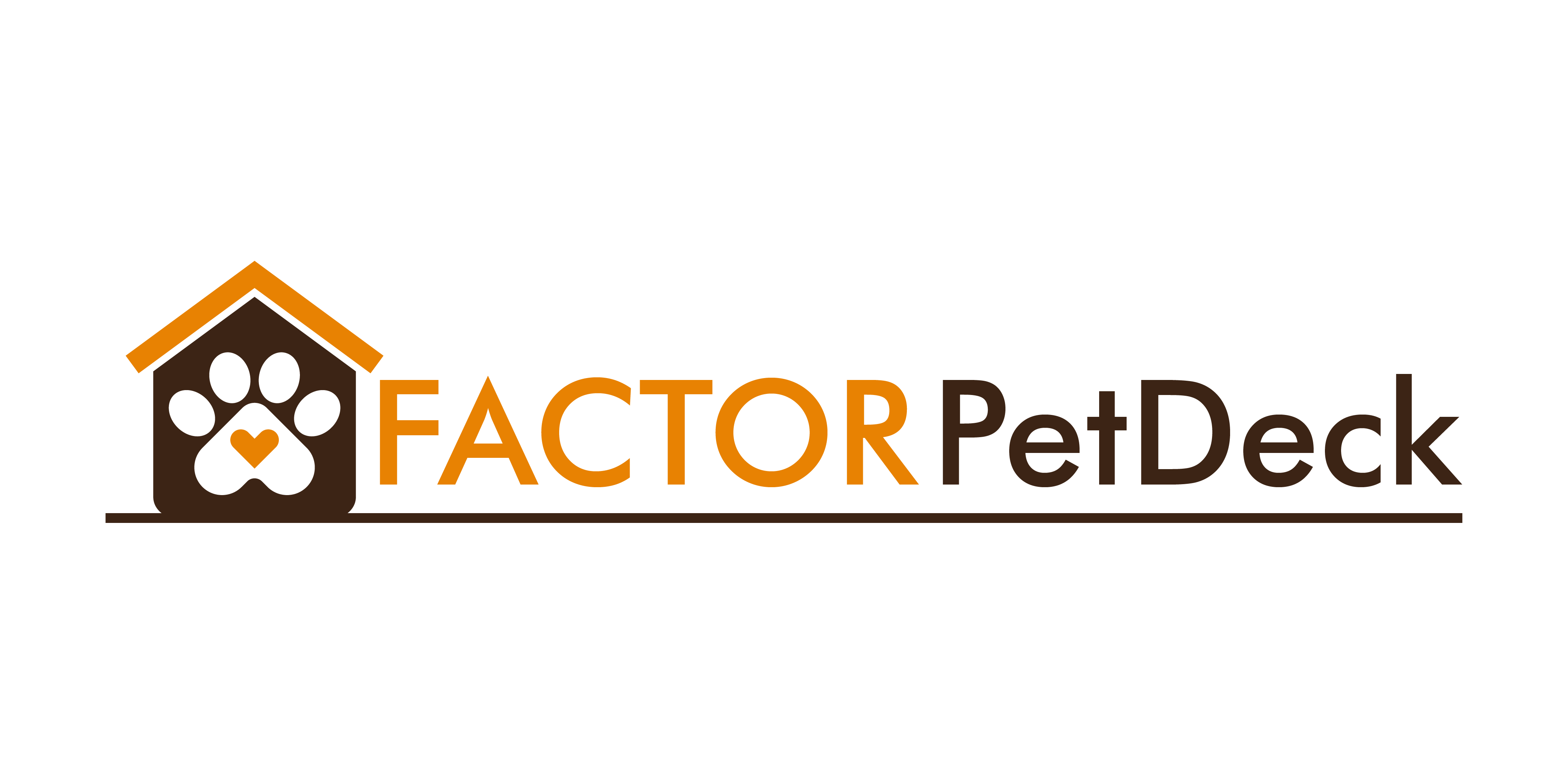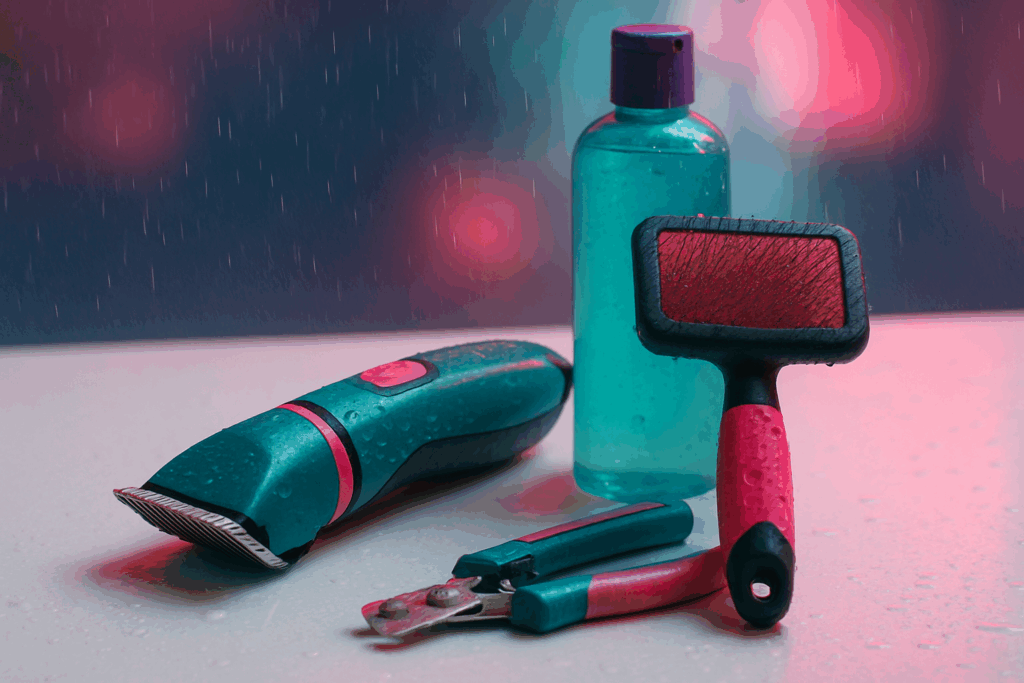Why Sustainability Matters for Pet Owners
Pets are part of the family—but they leave a bigger environmental pawprint than many realize. From meat-heavy diets to plastic-packed toys and single-use grooming products, the average household pet contributes to waste, emissions, and overconsumption. For example, studies have shown that the pet food industry alone uses millions of tons of animal protein per year, leading to land use and carbon impacts comparable to entire countries.
As awareness grows, so does demand. More pet owners are actively looking for eco-conscious options that align with their values. Whether it’s swapping out plastic poop bags for biodegradable ones or choosing toys made from recycled materials, conscious consumption is no longer just a trend—it’s becoming a baseline expectation. Brands are paying attention, and the market is shifting.
But what exactly counts as “sustainable” in the pet space? That word gets thrown around a lot. At its core, sustainability means reducing harm—minimizing waste, choosing renewable or recycled resources, supporting ethical supply chains, and investing in quality over quantity. For pet owners, it’s about making smarter choices that support both animal well-being and the planet.
More than a feel-good move, sustainability in pet products is a real opportunity to shrink your household impact—without giving up the comfort, care, or fun your pets deserve.
Green Pet Essentials: What to Look For
Let’s start with the basics. If you’re picking up after your dog with plastic bags, it’s time to rethink. Biodegradable poop bags are the bare minimum—they break down faster and avoid adding to the landfill mountain. But not all are created equal. Look for bags certified by ASTM D6400 or EN13432. Skip anything labeled “degradable” without real certifications; they’re just plastic with a PR team.
Next up, grooming. Natural shampoos and grooming products sound great—if they’re actually natural. The trouble is, this space is thick with greenwashing. A product might claim it’s eco-friendly and still pack synthetic fragrances or harsh preservatives. Look for short ingredient lists, organic certifications, and packaging that’s recyclable or refillable. When in doubt, less is more.
Toys? Go for recycled, upcycled, or made from natural rubber and organic cotton. Pets chew, tear, and swallow—so those materials matter. Plenty of brands now offer non-toxic alternatives to the usual plastic-and-poly stuffing mix. Bonus if the toy’s built to last. One well-made toy that survives months beats a drawer full of landfill fodder.
Food & Treats That Don’t Cost the Earth
Sustainability in pet food isn’t a one-size-fits-all formula. Pet owners are now faced with choices that go far beyond chicken or beef—think organic, locally sourced, or even insect-based. Each of these options carries different environmental footprints.
Organic means fewer pesticides and a cleaner agricultural process, but it can still involve long-distance transport or resource-heavy livestock. Local sourcing shrinks the carbon footprint and supports nearby producers, but may limit variety or nutritional profiles depending on where you live. Insect-based proteins—like black soldier fly larvae—are the dark horse: low-impact, high-protein, and surprisingly palatable to most dogs and cats.
Regardless of what’s inside, sourcing matters. Food made with ethically raised animals or regenerative farming techniques offers more than good nutrition—it supports systems aiming to repair, not just extract. If a company is transparent about origin and process, that’s usually a good sign you’re buying something better for both your pet and the planet.
As for packaging, compostable options are growing—but the fine print matters. Many so-called compostable bags or wrappers only break down in industrial composting facilities, not your backyard bin. Worse, if they end up in landfill, they may behave no differently than plastic. Look for certifications and city-approved composting compatibility if you want your pet’s packaging to truly go green.
The shift toward sustainable pet diets takes some homework, but the payoff is real. Better food. Less guilt. Smaller footprint.
Eco-Friendly Accessories
Not all pet gear is created equal—and in 2024, materials matter. More pet owners are moving away from synthetic, throwaway accessories and toward long-lasting essentials made from sustainable sources. Collars and leashes crafted from hemp, bamboo fiber, or recycled plastics are gaining ground. These materials hold up over time, feel good in your hands, and don’t add to the landfill after a few months of wear.
Same goes for pet beds. Instead of foam-stuffed poly blends, look for core fills made of recycled cotton or repurposed water bottles. They’re tougher than they sound and, when done right, just as cozy. The goal? Choose gear that survives more than one season—durability beats aesthetics when sustainability’s on the line.
Cleaning tools are also going green. Silicone brushes instead of plastic, washable microfleece wipes instead of disposable ones, and biodegradable grooming gloves help cut down waste while still getting the job done. Upgrade your basics once, and you won’t need to do it again for a while. That’s the real win here: buy better, buy less.
Sustainable Tech for Pets
Tech and sustainability don’t always mix—but in the pet world, they’re finally getting along. Smart feeders are leading the charge. These devices help reduce food waste by dispensing precise portions at designated times. Fewer scooping mistakes, less overfeeding, and no more spoiled kibble sitting out all day. Some even track your pet’s eating habits, flagging health concerns early while minimizing excess consumption.
On the monitoring side, solar-powered trackers and pet cams are making pet ownership easier on both the planet and your energy bill. A sun-charged GPS collar doesn’t just keep tabs on your dog; it does it without burning through disposable batteries. Likewise, solar pet cameras let owners check in without adding another plugged-in energy drain to the home.
These tools don’t just make life easier—they fit into a low-waste lifestyle. For those considering an upgrade, it’s worth reading the Top Pet Gadgets of the Year – Reviews and Insights for real-world takes before you buy.
Brands That are Getting it Right
Some companies are more than just green-washed marketing—they’re building sustainability into their DNA. Brands like West Paw, Earth Rated, and Beco are setting the tone. West Paw uses recycled materials in their toys and runs a closed-loop recycling program. Earth Rated’s compostable poop bags actually break down as claimed. Beco works with sustainable materials and zero-waste manufacturing, and they’re transparent about the process.
So how do you know who to trust? First, look for third-party certifications—USDA Organic, Certified B Corp, and OEKO-TEX are worth your attention. These labels aren’t perfect, but they beat unregulated buzzwords like “natural” or “eco-friendly.” You can also dig into a brand’s sustainability page. If they’re serious, they won’t just say it—they’ll show receipts: material sourcing, emission data, waste reduction targets.
Still unsure? Check reviews, especially from people who’ve used the products long-term. See if the brand engages with questions online. Green credibility isn’t just about what a company says—it’s how consistently they act on it.
Mindful Ownership Beyond Products
Reducing Pet Waste Responsibly
Pet waste might seem like a small issue, but it contributes significantly to local pollution and landfill usage. Responsible pet ownership means taking steps to minimize this impact.
- Use compostable poop bags made of cornstarch or other biodegradable materials
- Avoid flushing pet waste unless your local system explicitly allows it (some municipal systems can’t filter out pet pathogens)
- Consider pet waste composting systems, especially for backyard use (only recommended for dog waste—not for cat litter unless plant-based and compost-safe)
Every small shift helps reduce harmful bacteria entering water systems and keeps your pet’s environmental pawprint smaller.
Adopting vs. Buying Pets
Choosing adoption over buying is one of the most impactful sustainability decisions an owner can make. It helps reduce the demand for breeders and lowers the number of pets in shelters.
What to consider:
- Adopt from local or regional shelters to reduce transportation costs and emissions
- Ask about the pet’s health history and care needs to make sure you’re making a responsible match
- Animal overpopulation is a major sustainability issue—adopting directly addresses it
Support Local and Eco-Conscious Services
Sustainability extends beyond what you buy—it’s also about who you support. Look for practitioners and providers who share your values.
Here are a few ways to be intentional:
- Use local groomers and vets that follow green practices
- Buy from small, ethical pet shops instead of large chains
- Support rescue organizations, especially those that prioritize renewable practices and eco-friendly operations
You can also:
- Attend eco-friendly pet events and adoption fairs
- Donate to nonprofits working on sustainable animal welfare
Sustainable pet ownership goes beyond accessories and food. It’s a mindset that influences every aspect of how you care for your companion—and the community around them.
Final Thoughts: Small Changes, Real Impact
Why Small Swaps Matter
Taking eco-friendly action as a pet owner doesn’t always mean a complete lifestyle overhaul. Often, it starts with just one small, intentional swap. These micro-choices—like switching to plant-based grooming products or compostable poop bags—can cut down on landfill waste, reduce microplastics, and lower your household’s carbon footprint over time.
- One biodegradable item saves hundreds of plastic pieces each year
- Local, ethical sourcing cuts emissions from transport
- Responsible buying reduces demand for harmful manufacturing practices
Small changes stack up. The more individuals who participate, the greater the collective environmental benefit.
Long-Term Pros for People, Pets, and Planet
Eco-conscious choices not only support environmental health—they can also enhance your pet’s quality of life. Products made with fewer synthetic materials tend to be gentler on a pet’s skin, while sustainable diets often focus on higher-quality ingredients. Not to mention, sturdier eco-products typically last longer, saving money in the long run.
Benefits include:
- Lower exposure to toxic chemicals and artificial additives
- Reduced pet allergies and irritations
- Longer product lifespan = fewer replacements needed
How to Start Today
Sustainability doesn’t have to be overwhelming. Here are a few easy steps to begin transitioning your pet’s routine:
Start with the basics:
- Replace plastic poop bags with compostable alternatives
- Switch to pet grooming products made from natural ingredients
Reevaluate your food and treat choices:
- Look for ethical or locally sourced ingredients
- Try insect-based treats for a lower carbon option
Think long-term:
- Invest in durable toys or accessories made from recycled or eco-friendly materials
- Choose brands that are transparent with their sourcing and sustainability practices
Making the shift toward eco-friendly pet ownership is about progress, not perfection. Start where you are, with what you can, and grow from there.




